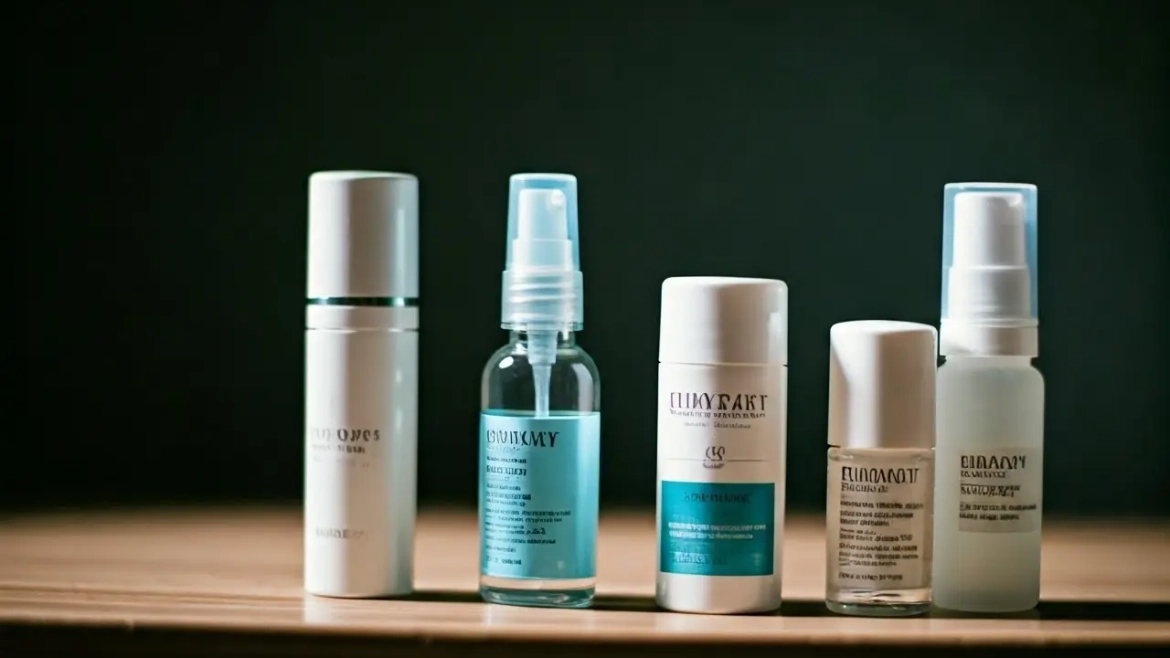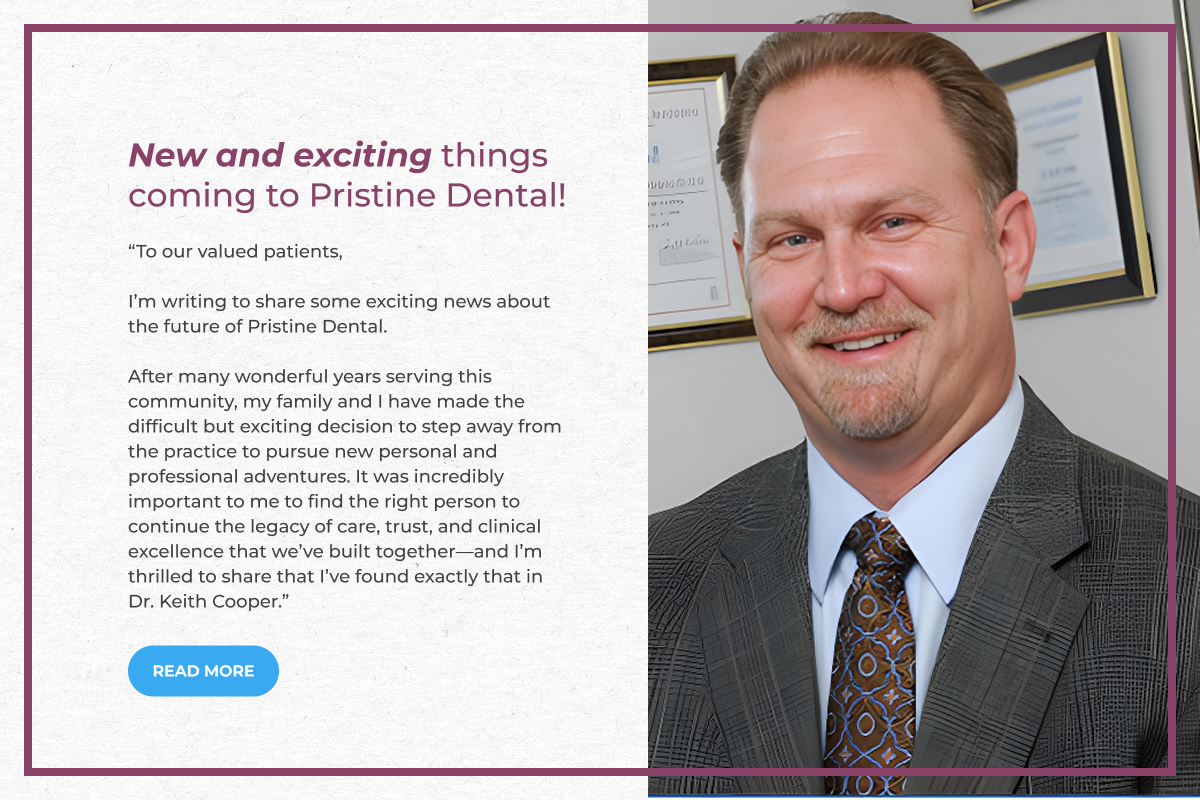Whiter teeth can really boost your confidence and make your smile shine. With so many teeth whitening methods available today, it can be difficult to determine which one is right for you. In this blog, we’re breaking down the different teeth whitening options with insights from dental experts to help you make an informed decision.
Understanding the Basics of Teeth Whitening
Before diving into the specific methods, it’s important to understand what teeth whitening involves. Essentially, it’s the process of removing stains and discoloration from the surface of your teeth using various techniques and products. Knowing the basics helps in setting realistic expectations.
Teeth can become discolored due to a variety of factors such as aging, the consumption of staining substances like coffee or red wine, and smoking. The effectiveness of whitening treatments depends largely on the source of the discoloration. It is also essential to remember that some level of whitening is possible for most people, but not everyone will achieve a Hollywood-perfect smile. An understanding of the intrinsic and extrinsic stains is vital, as it dictates which method might work best for you.
Moreover, teeth whitening does not affect the color of crowns, fillings, or veneers, so if you have any visible dental work, this is a critical consideration. Consulting with a dental professional can provide clarity and help establish a suitable whitening plan to blend natural and restored teeth for a unified appearance.
Professional In-Office Whitening Treatments
One of the most effective teeth whitening methods is professional in-office treatments. These are performed by dental practitioners using high-concentration bleaching agents. We’ll discuss why these treatments tend to offer quicker results and how they are customized to suit individual needs.
In-office whitening treatments generally use a strong hydrogen peroxide solution. Often, a laser or light, known as a curing light, is used to accelerate the bleaching process. A significant benefit of this method is the ability to brighten teeth by multiple shades in just one visit, making it ideal for those seeking immediate results for an upcoming event or an important meeting.
Customization is another advantage of these professional treatments. Dentists tailor the concentration of the whitening agent based on your tooth sensitivity and desired level of whiteness. The procedure is conducted in a controlled and safe environment, significantly reducing the risks associated with over-the-counter options. However, it’s important to note that this method can be more costly, typically ranging from a few hundred to over a thousand dollars, depending on your location and the extent of whitening required.
Take-Home Whitening Kits from Your Dentist
For those who prefer the comfort of their home, take-home whitening kits prescribed by dentists are a popular choice. These kits are tailored to fit your teeth perfectly, ensuring even whitening. We’ll explore how these kits compare to in-office treatments in terms of effectiveness and convenience.
The primary advantage of take-home kits is their custom-fit trays, which are created based on impressions of your teeth. This ensures the whitening gel is evenly distributed across all tooth surfaces, reducing the risk of uneven whitening or gum irritation. These kits usually contain a lower concentration of bleaching agent compared to in-office treatments, making them safer for longer use. However, results may take longer to materialize, with users often seeing noticeable changes after a week or more of daily use for a set duration.
Another consideration is the flexibility these kits offer. Users can choose when to apply the bleach, fitting the process into their daily routines without needing to schedule a dental appointment. Despite this convenience, it is advisable to follow the dentist’s instructions meticulously and report any discomfort or sensitivity.
Over-the-Counter Whitening Products
Over-the-counter whitening products like strips, gels, and toothpaste can be found at most drugstores. However, their effectiveness varies. We’ll provide expert insights into how these products work and what to expect from them.
Whitening strips are popular due to their ease of use and affordability. These thin, flexible strips are coated with a peroxide-based whitening agent and are applied directly to the teeth. Typically, they need to be worn daily for a set period, usually 30 minutes, over one to two weeks. While they can lift surface stains effectively, they might not be as powerful on deeper discolorations. Users may also experience uneven whitening, especially if strips do not cover crooked or overlapping teeth adequately.
Whitening gels and toothpaste are also prevalent for maintaining brightness. These products often contain mild abrasives or low concentrations of polishing or bleaching agents. Although they are less potent than professional treatments, they can be effective for maintaining teeth that have already been whitened. It’s crucial, however, to choose products that have the ADA Seal of Acceptance to ensure they are both safe and effective.
Natural and DIY Teeth Whitening Remedies
Many people turn to natural or DIY methods for teeth whitening, such as baking soda or oil pulling. We’ll examine whether these methods are truly effective and discuss the potential risks involved.
Baking soda is known for its mild abrasive properties, which can help remove surface stains. Brushing with a paste of baking soda and water a few times a week can enhance the appearance of your teeth. However, this should be done with caution as overuse can wear down enamel, leading to sensitivity.
Oil pulling, which involves swishing oil (like coconut or sesame) in the mouth for 15-20 minutes, is an ancient remedy purported to improve oral health and whiten teeth. While there are positive anecdotal reports, scientific evidence supporting its effectiveness for teeth whitening is limited. It can, however, reduce harmful bacteria and improve oral hygiene when used as a supplementary practice.
Other natural methods include the use of apple cider vinegar or activated charcoal. Despite their popularity, these can be quite abrasive and may cause erosion of the enamel if used excessively. It’s always wise to consult with a dental professional before trying these DIY treatments to prevent any potential damage to your teeth.
Key Considerations for Safe Teeth Whitening
Safety should always be a priority when considering teeth whitening options. Here, we’ll examine the importance of consulting with a dental professional, understanding your dental health, and following instructions to minimize risks and side effects.
Consulting a dentist before starting any whitening treatment ensures that your teeth and gums are healthy enough for bleaching. Untreated cavities or periodontal disease can be exacerbated by bleaching agents, leading to further dental issues. A dentist can recommend the safest and most effective method based on your current oral health and desired outcomes.
It’s also of paramount importance to follow the instructions provided with any whitening treatment closely. Overexposure to bleaching agents can cause increased tooth sensitivity or irreversible enamel damage. Products with strong bleaching agents are generally only prescribed by professionals who can monitor your progress and intervene if adverse effects occur.
Finally, maintaining your newly whitened teeth can be achieved by avoiding stain-causing foods and drinks like coffee, tea, red wine, and tobacco. Regular brushing, flossing, and dental check-ups can help sustain the whiteness of your smile. Remember, achieving and maintaining a bright smile is a blend of good dental practices and informed choices.
Brighten Your Smile with Confidence
Choosing the right teeth whitening method doesn’t have to be overwhelming. By understanding the different options and consulting with dental professionals, you can find a safe and effective way to achieve the bright smile you desire. Remember, every choice should be tailored to your unique dental needs.



